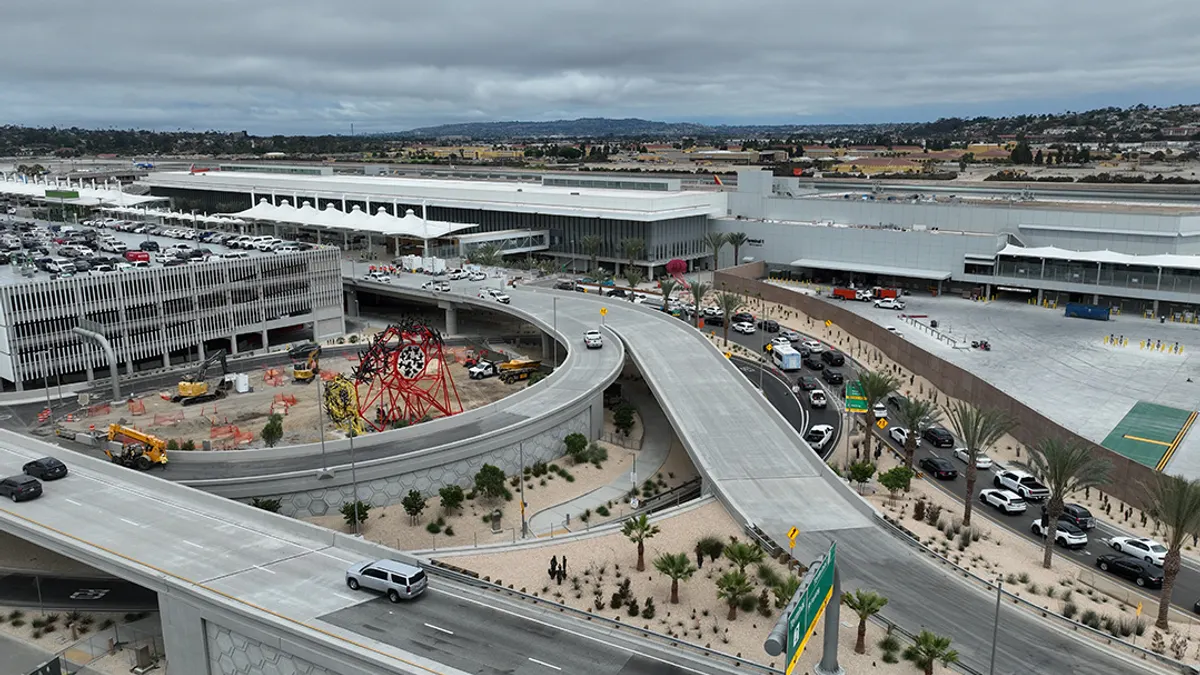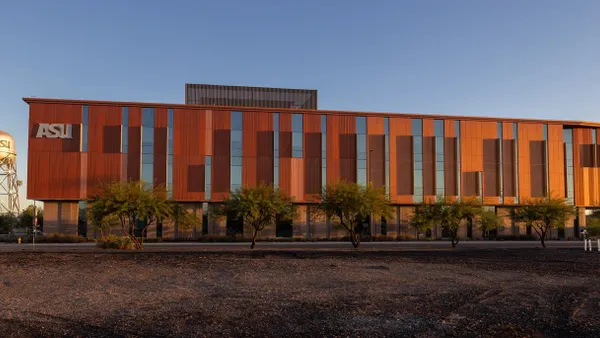Dive Brief:
-
Net-zero energy construction is gaining traction, according to a new report from the Net-Zero Energy Coalition, which found that the number of single-family and multifamily units built to those specifications grew by 33% from 2015 to 8,203 units in 2016.
-
That growth represents an 82% increase in the number of projects year-over-year, and it will eliminate 77,929 tons of CO2 emissions annually.
-
California leads U.S. states in the number of NZE units and builders. City and statewide initiatives across the country have helped to drive the building method’s growth, Curbed reported.
Dive Insight:
NZE buildings, which offset their energy use with on-site renewables, are on the rise in the U.S. In fact, the North American market for such projects is forecast to grow by 38.4% from 2014 to $127 billion by 2035, according to a Navigant Research report.
Efforts to include NZE strategies in state and local building codes, as well as to implement other low-energy building requirements, is helping the method gain a foothold. Still, the effort is largely concentrated among a few major players. The Coalition’s report found that the top 10 builders and developers of NZE housing in the United States and Canada are responsible for 45% of the total stock created.
Builders identified in the report include the University of California, Davis, which has its own NZE campus community; as well as the Corporation for Better Housing, whose NZE projects include a 48-unit farmworker housing project in Calistoga, CA, and a subdivision in Williams, CA.
More homebuilders may find themselves building NZE homes in the future in accordance with the law. In October 2016, the Santa Monica, CA, City Council approved an ordinance requiring new single-family homes built there to be NZE based on standards set forth in the 2016 California Green Building Standards Code. The ordinance also calls for multifamily buildings to use 10% less energy than the 2016 California Energy Code requires.
It’s not certain if more municipalities will follow Santa Monica’s lead, though many are honing their focus on green design and construction. For example, Lancaster, CA, recently updated rules requiring new homes to include rooftop solar with a power-generation requirement of an average 2 watts per square foot — part of the city’s push toward NZE status.











